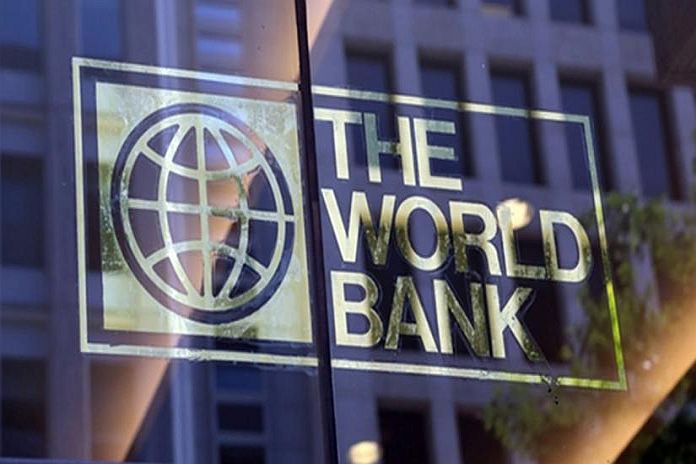WASHINGTON, USA – As countries undertake the largest vaccination campaign in history, the World Bank has worked with governments, WHO, UNICEF, the Global Fund and GAVI on assessing countries’ readiness to safely deploy COVID-19 vaccines in 128 low- and middle-income countries.
The results indicate that income level and other economic indicators correlate weakly with vaccine preparedness. The report focuses on ten key indicators, including cold chain and logistics, population prioritization, budgeting, training of healthcare personnel, and safety surveillance, among others.
Initial findings show that 85 percent of countries that participated in the assessments have developed national vaccination plans and 68 percent have safety measures in place, including systems for reporting adverse reactions.
However, only 30 percent have developed plans to train the large number of vaccinators who will be needed and only 27 percent have created social mobilization and public engagement strategies to encourage people to get vaccinated. Given worrying vaccine hesitancy, strategies to generate confidence, acceptance and demand for vaccines are urgently needed. Countries affected by conflict and fragility (37 out of 128) scored lower than other countries on almost all indicators.
“Many developing countries are in the midst of preparing aggressive COVID19 vaccine delivery plans,” said Mamta Murthi, vice president for human development at the World Bank. “While most countries are well enough prepared to begin inoculating their populations, there are still important gaps that must urgently be addressed for wide, large scale vaccination rollouts to succeed.”





